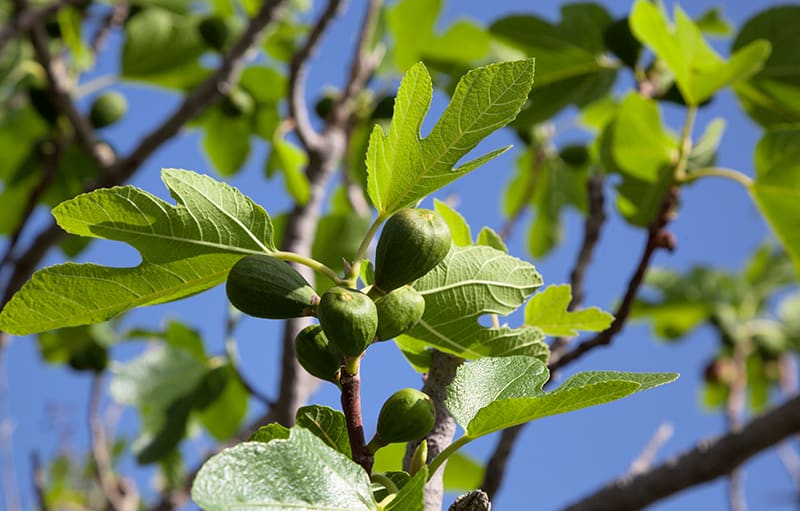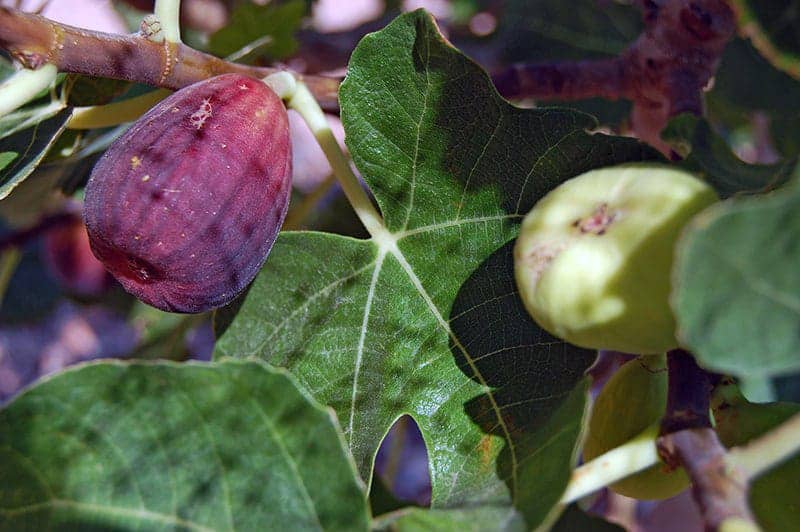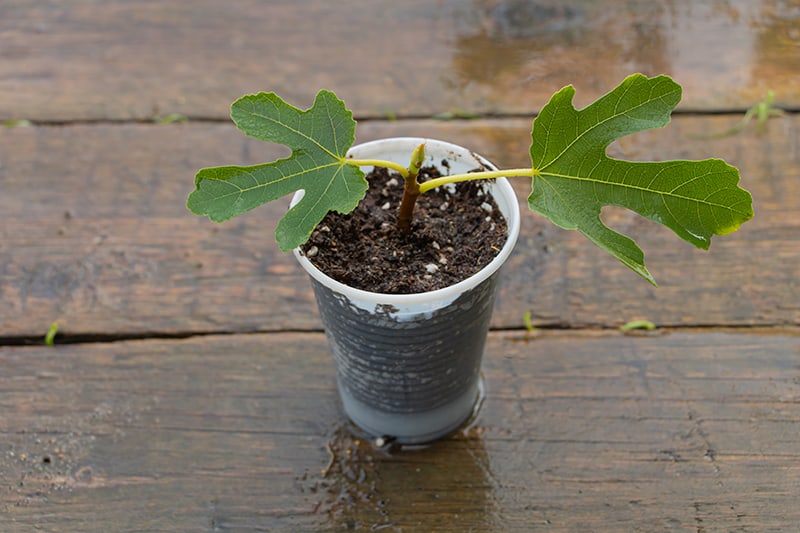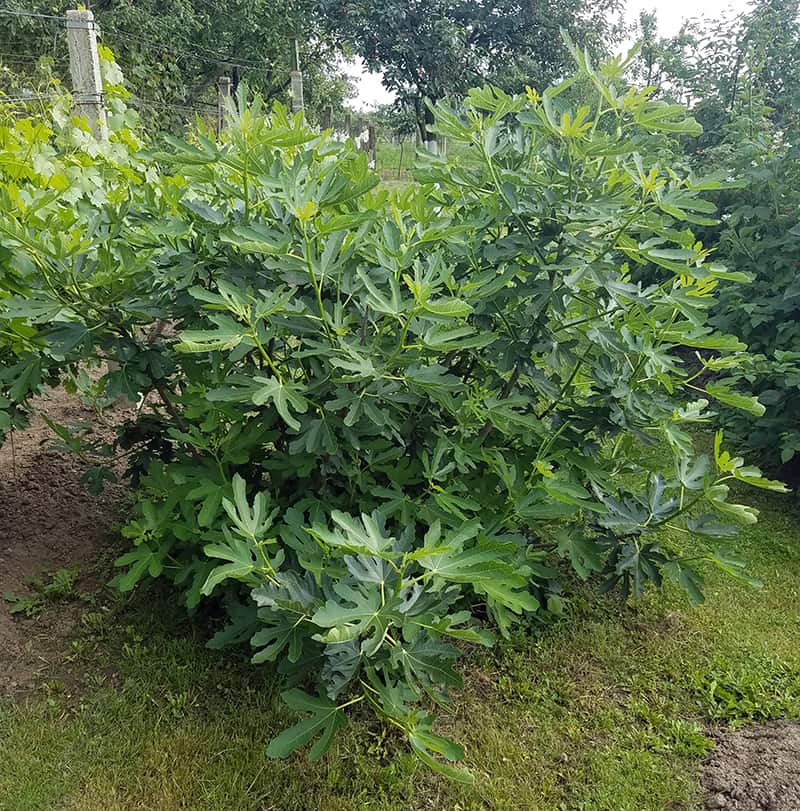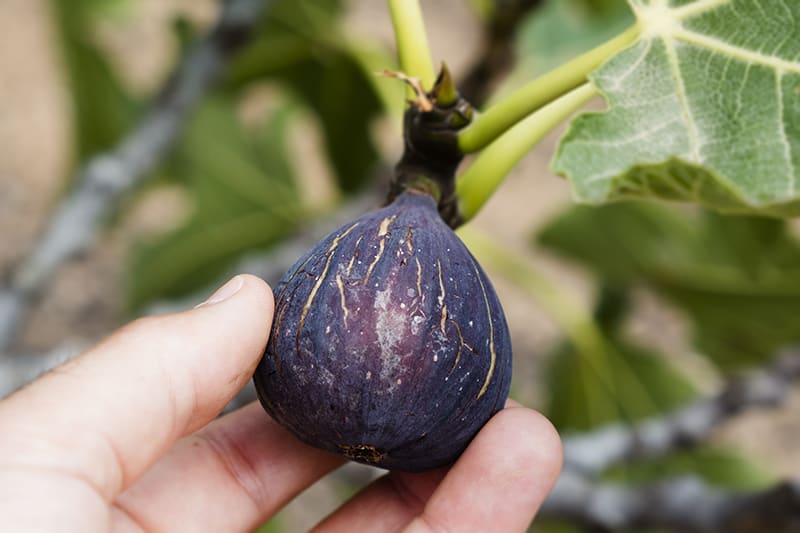- Home >
- Fig Trees
Fig Trees for Sale
Do You Know Your Growing Zone? i Growing zones help determine if a particular plant is likely to grow well in a location. It identifies the average annual minimum winter temperatures across the U.S. provided as a map by the USDA.
7 Results
-
Growing Zone(s): 7-10$79.95
$114.95Save up to 30% -
Growing Zone(s): 7-11$104.95
-
Growing Zone(s): 5-10$49.95
-
Best SellerGrowing Zone(s): Indoors$79.95
$99.95Save up to 20% -
Growing Zone(s): 7-11$69.95
-
Growing Zone(s): 7-10$64.95
$84.95Save up to 23% -
Growing Zone(s): Indoors$39.95
$49.95Save up to 20%
Fig Trees – Buying & Growing Guide
Figs are sweet and tasty fruits that thrive in warmer climates. These fruit trees are incredibly easy to grow and care for as they’ll happily thrive in both containers or ground. If you would love to grow your own fig tree and enjoy its fruits within 2 years of planting, we have all the tips you need to get you started.
Table of Contents
Quick Facts
| Origin | Northwest Asia and Middle East |
| Family | Moraceae |
| Fertilizer | Every 2 weeks during growing season until mature |
| Max growth | 20-30 feet |
| Poisonous for | Sap is toxic to dogs |
| Light | Full sun |
| Water | Once a week |
| Climate | Long hot summers and mild winters |
| Soil | Well-drained with plenty of organic matter |
| Propagation | From cuttings |
| Pests | Thrips, endosepsis, phomopsis canker |
| Growing zones | Outdoor: 8 to 11 |
How to Grow Fig Trees
Fig Tree Overview
How to plant fig trees
Fig trees are best planted in the early spring while they are still dormant. Plant them in a spot that gets six to eight hours of sun a day. If you are planting more than one, space them from 10 to 35 feet apart, depending on the variety. They prefer a mildly acidic soil.
Dig a hole for your fig that is larger than the root ball after you’ve worked out or pruned any circling roots. Plant the sapling so that it is two to four inches deeper than it was in the nursery pot. Water it thoroughly after planting, but don’t fertilize or prune it until it has had a chance to acclimate to its new location.
If you’re planting your fig tree in a pot, be sure to pick a pot that is large enough for the roots to expand as the tree grows. Restricting the pot size may limit the tree’s growth and harvest capacity. Water as needed when the soil one inch below the surface is dry.
How to achieve maximum results
Fig trees are native to the Mediterranean region, Asia, and the Middle East, and thus they tend to grow best in hot, dry climates. Although most fig trees sold in the U.S. are hardy only to U.S. Hardiness Zone 8, gardeners north of that have success with cold-hardy varieties that can handle the cold down to roughly 10 degrees Fahrenheit, or by growing their figs in large pots that can be moved indoors in the winter.
How to Care for Fig Trees
Watering and nutrients
Your newly-planted fig tree will need frequent watering until it’s had a chance to get used to its location, but after that there shouldn’t be a need for supplemental watering unless you’re experiencing drought conditions. As a benchmark, about an inch of water every 10 days is good. Too much water can cause root rot, so err on the side of too little, rather than too much, water.
If your fig tree is in a container, it will probably need more water than if it was planted in the ground. Check the tree daily, and if the soil seems very dry, give it a drink. Make sure there are adequate drainage holes in the pot.
Pollination
Fig tree pollination is unique. The trees are pollinated by a small wasp called the fig wasp. The fig tree has no flowers, but the tiny wasps burrow into the tree’s immature fruit, where they fertilize the seeds within from pollen taken from other fruit and lay their eggs, which become grubs and later, mature wasps. At that point they emerge from the fig and begin the life cycle all over again.
Pruning
Figs need little regular pruning. You’ll need to do some basic maintenance pruning when it is dormant, in late winter. Remove any weak, broken, or diseased limbs at this time, as well as any that are crossing each other.
If your fig tree is older, you can also prune off some of the young fruit to ensure a larger size for the remaining fruit and to stimulate growth.
Pests, diseases, and animals
Fig trees don’t have many pests or diseases in North America. Fig rust appears as small yellow spots on the leaves, and fig mosaic shows itself as a yellow spot surrounded by a rust-colored ring. Unfortunately, both of these are hard to control and your best bet is to immediately prune out any instances you see on your trees or cull the trees.
Root knot nematodes feed on fig roots and scale insects appear as small hard scaly bumps on the trunk. Insecticidal spray will remove them.
Harvesting
Let figs ripen fully on the tree; they are a firm brownish-purple when ripe. Many figs produce two crops a season: the first crop on wood that’s grown the previous year, and, later, a fall crop on new growth.
Wear gloves when you harvest figs. Some people have an adverse reaction to fig latex, which is exposed when you harvest the fruit.








